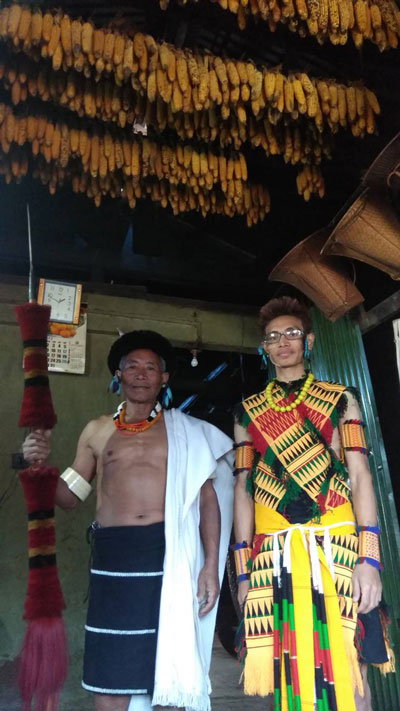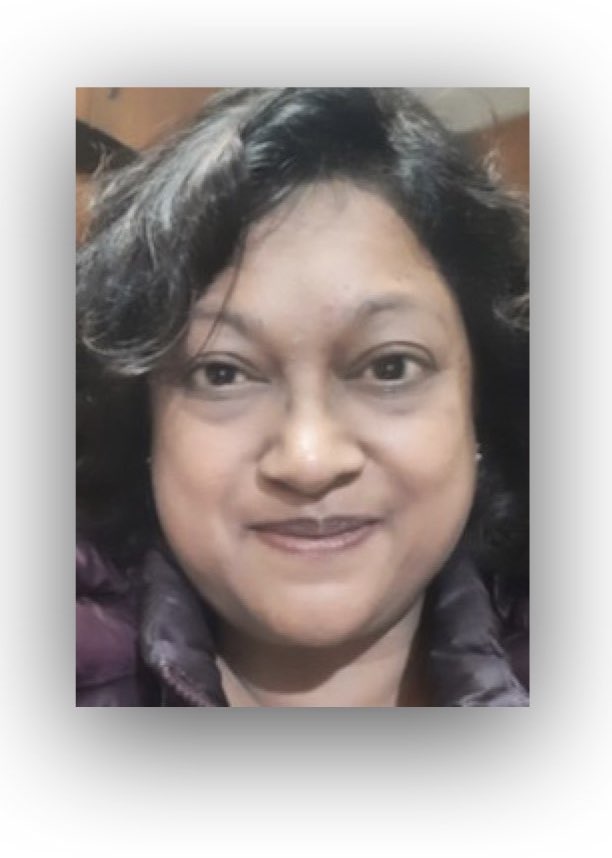
Folklore, myths and handloom
Hidden within the colour, weave and design of tribal textiles are many legends
If you were to look beyond the visible landscape of a weave, you would find myriad stories hidden in the colours and designs—tales about human creation, magical deities and kindred forest spirits. These patterns offer tangible evidence of legends that have been passed down orally in each tribe over centuries. It makes them truly significant in the study of the region’s sociocultural fabric. […]
Today, the dual onslaught of commercialization and urbanization, means that weavers are being forced to churn out designs which cater to the demands of the market, rather than those which focus on their folk traditions. “However, there is now a growing movement to preserve indigenous identity, and some serious attempts are being made to revive age-old customs, rites and stories by a conscious few within society,” says Ramona Sangma, a professor of English at the North-Eastern Hill University who has presented papers on the link between folklore and weaving in the Garo tribe. Today, folklorists, anthropologists and sociocultural experts have intensified efforts to trace the imprints of myths, legends, ballads, songs and folk narratives in the weaves of the North-East.
Each pattern is a little capsule of information—containing tales of ancestors, social values, clan practices, and more. Sangma cites the example of the dakmanda, a modern Garo wrap. […]
It has also been observed that the one thing common to most weaves and motifs is the role of women as creators. “When I was the co-chairperson of the working group in handloom sector for the 12th Five-Year Plan, our research revealed that 80% of the weaving was done by women,” says textile historian Jasleen Dhamija. It is their hand that shapes the folk narrative in each weave—from the birthing garments to the shrouds of death. “When women from the household would work at the loom, their designs would emerge from their world view, understanding of oral traditions, folktales, the surrounding sacred groves, and more,” says Meeta Deka, professor and former head, department of history, at Gauhati University, Assam. […]
Within some communities, designs are also markers of age and marital status. For instance, Wekoweu Tsuhah, programme manager of the North East Network, a women’s rights organization, cites the example of the mahapulu, meant only for unmarried girls. “Married women wear a different pattern. This style features a different colour for women of different ages—young married girls, middle-aged women, old ladies, widows, et cetera,” says Tsuhah, who is based in Chizami village, Nagaland, and works with the weavers there. Many of the Chizami weave designs are abstracts and inspired by symbols, signs and everyday lives. […]
Source: Avantika Bhuyan, Livemint, 1 December 2017 | Read the full report here >>
URL: https://www.livemint.com/Leisure/FR23TDZqwz1hDYOlB5mRSN/Folklore-myths-and-handloom.html
Date Accessed: 11 July 2020

Kallol Dey, Indian Express, January 7, 2018 | To read the full report and view more photos, click here >>
“Guide me through the day, show me the way as I begin another day”. Yose Chaya begins his day with this simple prayer. “God is watching over us and knows everything. We do not have to say lengthy prayers, like the Christians,” he quips. 73-year-old Chaya, the muscular physique belying his age, is one of the elders of Viswema, a southern Angami village 22 kilometres south of Kohima, bound on the west by the pristine and famed Dzukoü Valley. Contrary to popular belief that all Angami Nagas are Christians, Chaya is one of the few in Viswema who has not converted to Christianity. […]
Dr. Easterine Kire, who is a fifth generation Angami Naga Christian says that “Nagas, particularly Angamis do not see Christianity as an alien religion as Christianity is now in the fifth generation.” Naga Christianity is highly nativised, Kire categorically states, “in the sense that it has adapted to the Naga way of understanding things and applying them.”
[Bold typeface added above for emphasis]

“[A] common perception of conversion, prevalent in India, is that all conversions take place only among deprived lower caste or tribal groups, which are considered more susceptible to allurement or coercion. The reality of upper caste conversions is ignored in this climate of cynicism.”– Dr. Ivy Imogene Hansdak in Pandita Ramabai Saraswati: the convert as ‘heretic’
Tips for using interactive maps
Toggle to normal view (from reader view) should the interactive map not be displayed by your tablet, smartphone or pc browser
For details and hyperlinks click on the rectangular button (left on the map’s header)
Scroll and click on one of the markers for information of special interest
Explore India’s tribal cultural heritage with the help of another interactive map >>
“The uniqueness of northeast states of India lies in their cultures” | Learn more >>
In Marginalised but not Defeated, Tarun Kanti Bose (a seasoned public interest journalist) “talks about the Khasis, Nagas, Karbis, Garos, Rabhas, Misings, Daflas, Bodos, Akas and others in the North-east. […] The mainstream development paradigm is being questioned and new rainbows of collective, community reassertions are happening across the tribal belt in India. More so, in most cases, led by brave, empowered and resilient women.” | Learn more: https://countercurrents.org/2023/05/book-review-marginalised-but-not-defeated >>
Up-to-date information about this region’s cultural heritage
Combine the name of any state with that of a particular community, its language and your own field of interest: “Arunachala weaving”, “Manipur tattoo”, “Meghalaya craft”, “Assam poetry”, “Nagaland singer”, “Sikkim biodiversity”, “Mizoram education”, “Sikkim music”, “Tripura dance” etc.